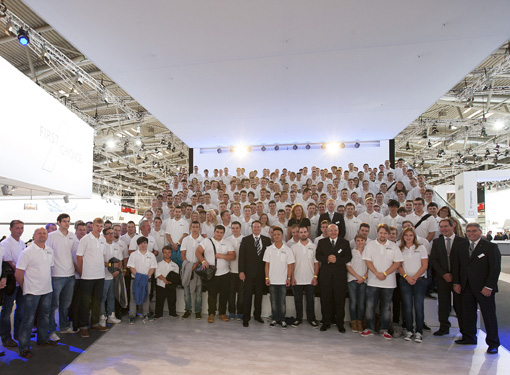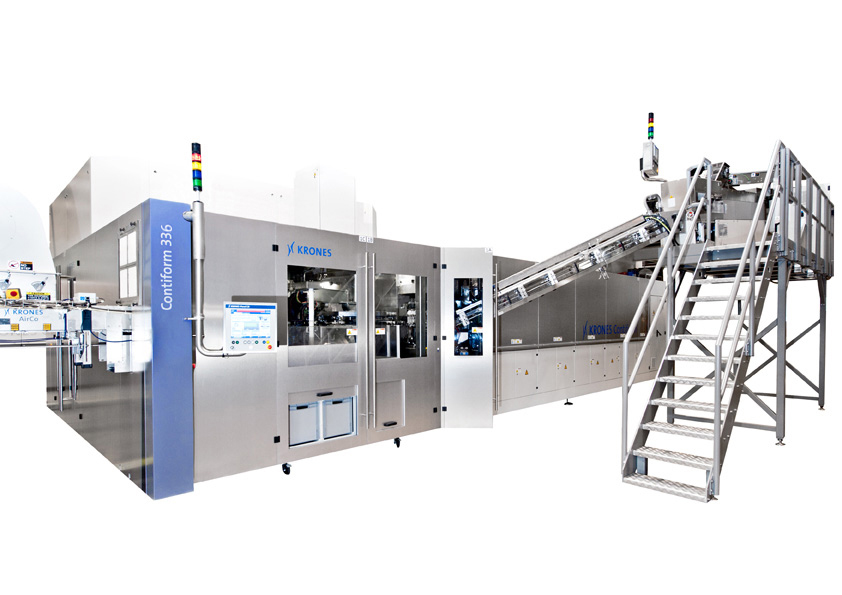Use of renewable natural resources in industrial applications reduces dependence on oil and diminishes the carbon footprint associated with manufacture and use of consumer products. A particular area of emphasis has been on materials for packaging applications. Approximately 40 percent of all plastics are used in packaging. This puts pressure on the packaging industry to adopt biobased materials solutions [1].
Like the rest of Northern Europe, Ireland was traditionally a country of ale drinkers, along with a little elicit distilling of potcheen (traditional Irish moonshine). Drinking beer is a task that the Irish take seriously, consuming an average of 104 litres per man, woman and child per annum; the country has the fourth highest consumption of beer in the world, admittedly this volume is bolstered by reinforcements flown in at weekends for the ubiquitous stag and hen parties. In this article the author introduces craft brewing in Ireland and talks about the renaissance of traditional beers.
After several years of growth the export of German beers saw a slight stagnation in 2012. Viewed in terms of target countries, exports still showed considerable growth rates in some areas, particularly to distant locations such as China or the Russian Federation, where a growing affluent middle class enjoys drinking German beer.
As an international manufacturer of filling and packaging equipment for the beverage, food, and non-food sectors, KHS pursues its vision of being ’First Choice in Technology and Service’. Anke Fischer, head of Finance, Human Resources, and IT at KHS: "Because highly qualified employees are essential in being and remaining the first choice for our customers around the globe, we pay special attention to developing young talent."
In 1994, the year the Japan Craft Beer Association was founded by Ryouji Oda, the Government of Japan eased restrictions on the lowest limit of annual beer production per one brewery from 20 000 hl to 600 hl. As a result, more than 310 microbreweries newly opened and the total annual production of craft beer reached approximately 150 000 hl by 1998. It seemed that craft beer business would expand more and more in the future. However the economic depression restrained overall consumptions of beer. In addition, traditional beer customers who were familiar with “thin” light lagers by mega-breweries resisted to drink flavorful, hoppy, malty and bitter craft beers from microbreweries. Consequently, 25 percent of microbreweries were obliged to withdraw from the craft beer market again.
Producing 81 000 PET containers an hour with a single blow-moulding machine, and dressing and filling them as well in a monobloc comprising a blow-moulder, a labeller and a filler: this is currently the highest output worldwide that a beverage machinery manufacturer can offer. Krones AG already has this output up and running in several beverage plants.
Budweiser Budvar brewery is one of the best known breweries in the Czech Republic. It’s also the only brewery in the country owned by the state. According to Petr Samec, PR manager at Budweiser Budvar, “what’s especially important to us is our clear principle of maintaining our premium beer quality – as we have done for centuries. Our great flexibility is another great plus point, enabling us to react to consumer demands very fast.” The most recent example of this can be found in the great growth potential the can holds on both a national and international scale for the brewer. Adam Brož, the master brewer and director of production and technology at Budweiser Budvar, is convinced that the new KHS turnkey canning line keeps them in safe hands concerning flexibility, product quality and sustainability. The Czech state president Václav Klaus could experience this first hand when attending the opening ceremony.
Little Creatures has since the turn of the century been driving forward the craft beer movement in Australia. At the facility in a picturesque fishing port, Little Creatures uses Krones technology throughout its entire brewing operations. All the kit has been integrated in a beer hall with a restaurant. Because the beer is so popular, a second brewery is going into operation this year, this time on the south-east coast, a mere 3400 kilometres away from Fremantle, once again featuring Krones technology throughout.
With its roughly 11 million inhabitants, Belgium is one of the smallest countries in Europe; however, despite its size, Belgium’s cultural heritage looms large. Comics by Hergé (Tintin and Snowy), Morris (Lucky Luke) and Peyo (The Smurfs) are popular the world over. Its gastronomic contributions are equally famous, if not more so: pommes frites (french fries), Belgian waffles and pralines and not least the astonishing diversity of its beer culture are all part of the diminutive kingdom’s national treasure it has shared with the rest of the world. Belgian beer flows not only out of the massive kettles and tanks of the giant conglomerates but from innumerable tiny breweries, which have nestled nicely into the “niche of microbreweries”, producing a range of remarkable beer styles. Without a doubt, the exhilarating brewery Cantillon belongs to the latter, at home in the country’s capital of Brussels. An inimitable elixir is formed in its wooden barrels, a sour beer known as lambic, to be savored in a number of distinct variations.
Raw materials used for the production of beer are natural agricultural commodities. Slightest impurities infect quality and need control such as high speed dynamic 3D image analysis. Impurities can be stones, rice, corn, bugs or any kind of dirt. Shape analysis is often the tool to discriminate them. This article describes the rapid 3D image analysis used by Microtrac Europe GmbH, Meerbusch, Germany.
Filling and packaging of beverages and food is one of the last steps in the value added chain in food production. Filling and packaging plants are highly complex linked production lines with individual units achieving outputs of up to 90 000 packs per hour. Stochastic upsets and interruptions cause upsets time and again, leading to downtime of the central unit due to congestions and shortage of material. Plant operators would like to have automatic evaluation of operational data, making direct classification of causes of downtime of the central plant unit possible. Two successive collaborative research projects were carried out in order to get closer to fulfilling this objective. This article explains the project goals and the approach to find a solution. It provides a first overview of results.




